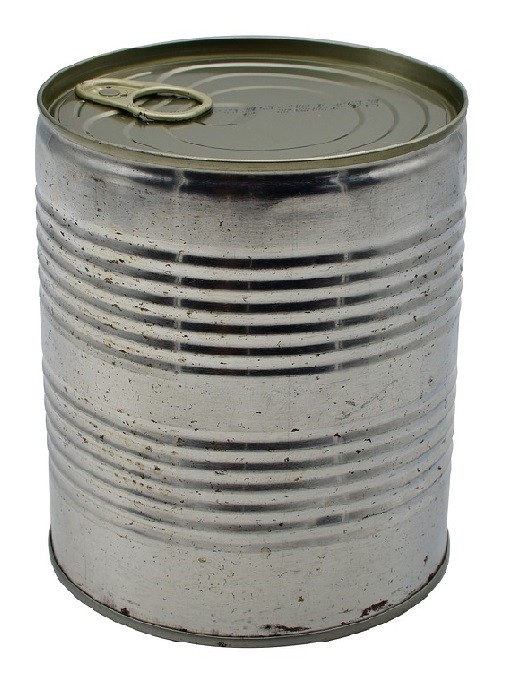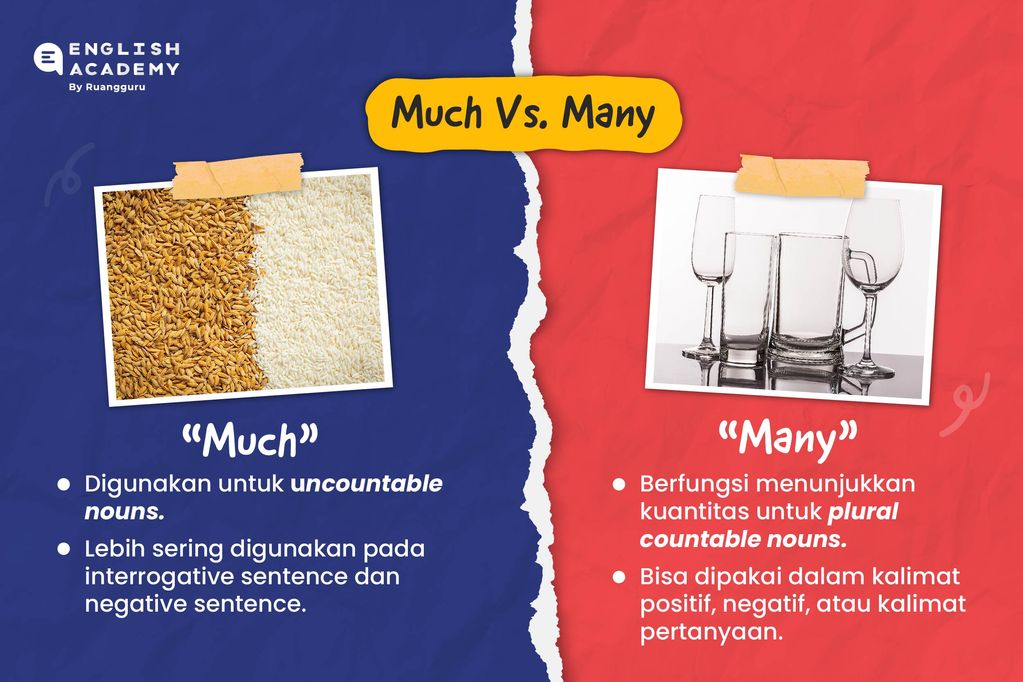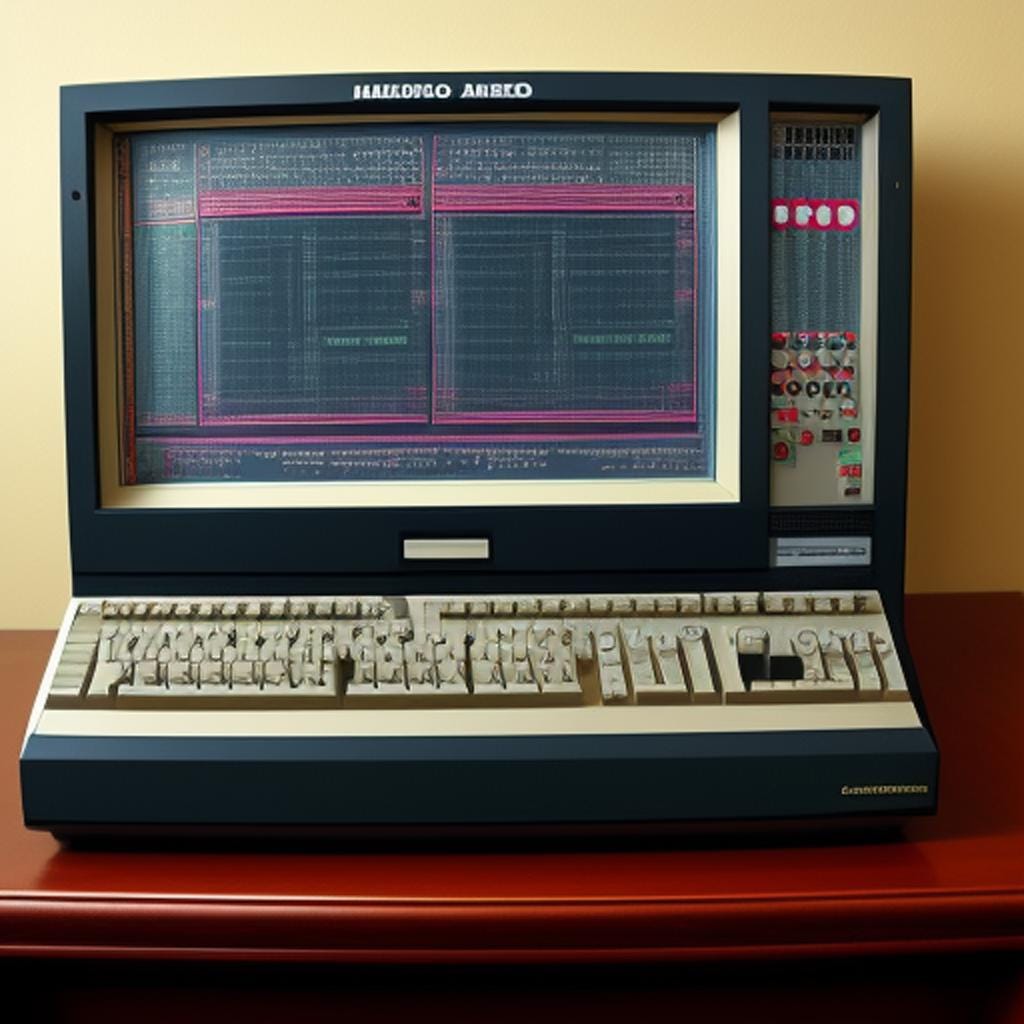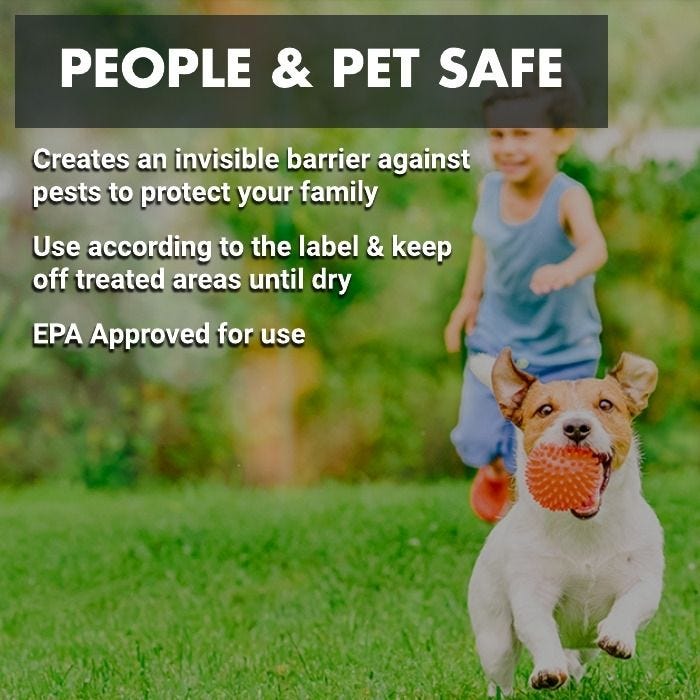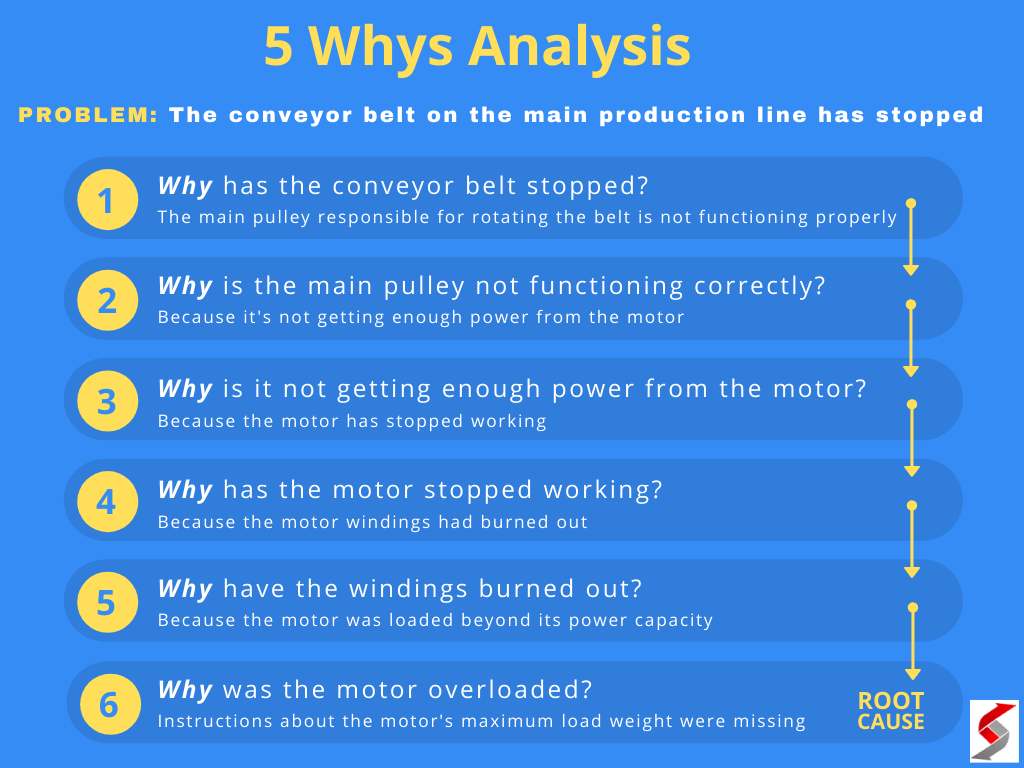Is PrettyLitter Bad for the Environment? A Comprehensive Guide for Eco-Conscious Cat Owners
Introduction: Understanding Cat Litter’s Environmental Impact
Pet owners are becoming increasingly aware of how everyday choices, like cat litter, affect the environment. PrettyLitter has gained popularity for its health-monitoring features, but many eco-conscious consumers have begun asking: Is PrettyLitter bad for the environment? This guide examines the facts-from material sourcing and landfill persistence to alternatives and actionable ways to minimize your ecological footprint.
What Is PrettyLitter Made Of?
PrettyLitter is composed primarily of amorphous silica gel crystals . Unlike traditional clay-based litters, these crystals absorb moisture and help monitor your cat’s health by changing color in response to certain urinary conditions. [2] While amorphous silica is generally considered safer than crystalline silica from a health perspective, it comes with environmental trade-offs. [1]
Landfill Persistence: Is PrettyLitter Biodegradable?
Unlike plant-based or wood litters, PrettyLitter is not biodegradable, compostable, or flushable . After use, it must be disposed of in the trash, where it will persist in landfills for hundreds of years. [1] The nonorganic silica crystals do not break down over time, which poses a significant challenge for anyone seeking to reduce household waste. [2] Unlike some biodegradable alternatives, PrettyLitter cannot be safely composted, nor can it be flushed due to risk of pipe blockages and environmental contamination.
Mining and Manufacturing: The Hidden Footprint
Silica gel for PrettyLitter is produced through
open-pit mining of quartz
, a process that is highly disruptive to local ecosystems.
[4]
Mining destroys natural habitats, causes water and air pollution, and contributes to landscape erosion. The energy-intensive manufacturing of silica gel further increases PrettyLitter’s carbon footprint, with studies showing that silica-based litters require more than ten times the CO
2
pressure to produce compared to many alternatives.
[3]
These processes collectively make PrettyLitter a less sustainable choice for environmentally conscious households.
Comparing PrettyLitter to Other Types of Cat Litter
To put PrettyLitter’s environmental impact in context, it’s helpful to compare it to other common litter types:
- Clay Litter: Also produced through strip-mining, clay litter is non-biodegradable and slow to break down in landfill. It poses similar environmental challenges to silica-based litters. [3]
- Wood Litter: Sourced from reclaimed wood residuals, this type of litter is biodegradable and can often be composted. The manufacturing process is less energy-intensive and repurposes waste materials. [5]
- Plant-Based Litter: Made from renewable resources like soy, corn, or wheat, these litters are designed to break down naturally and minimize landfill burden. [1]
- Crystal (Silica) Litter: Like PrettyLitter, these products are not biodegradable and require energy-intensive mining and production. [4]
While PrettyLitter uses less material per month compared to traditional clumping litters (6lbs vs. up to 40lbs), the lack of biodegradability remains a significant problem. [2]
Health and Safety Considerations
PrettyLitter’s amorphous silica gel is marketed as low-dust, which reduces risks associated with inhaling silica particles. However, users have reported some dust during pouring and cleaning, which can cause respiratory irritation in sensitive individuals and pets. [1] If ingested, silica gel may cause digestive issues or blockages. While these risks are lower than with some traditional litters, they should be considered when choosing a product.
Practical Steps for Reducing Environmental Impact
If you wish to minimize your household’s ecological footprint while still using PrettyLitter, consider the following strategies:
- Reduce Frequency of Disposal: Because PrettyLitter is highly absorbent, a single 6lb bag can last up to a month for one cat, reducing overall waste volume compared to heavier clay litters. [2]
- Dispose of Used Litter Responsibly: Always bag and seal used litter before placing it in the trash to minimize particulate pollution and prevent animal exposure.
- Explore Hybrid Solutions: Some cat owners use biodegradable litters for everyday use and PrettyLitter periodically for health monitoring, thereby reducing overall landfill waste.
If you seek more eco-friendly options, plant-based and wood litters offer significant advantages in terms of sustainability. These types biodegrade naturally and are often sourced from renewable or reclaimed materials. [5]
How to Find and Access Eco-Friendly Cat Litter Alternatives
Eco-friendly cat litters are widely available in pet stores and online retailers. To ensure you’re choosing a genuinely sustainable product:

Source: wallpapercave.com
-
Search for litters labeled
biodegradable
,
compostable
, or made from
plant-based
or
wood
materials. - Read third-party reviews for insights on product performance and environmental claims.
- Contact manufacturers directly to ask about their sourcing and manufacturing practices.
- Consult with your veterinarian for recommendations, especially if your cat has specific health needs.
Major pet retailers and websites offer sorting tools to filter by litter type and sustainability. You may also consider local pet supply stores, which often carry regionally sourced products that reduce transportation emissions.

Source: getwallpapers.com
Potential Challenges and Solutions
Switching to a more sustainable litter can present challenges. Cats may be hesitant to adapt to new textures or scents. To address this:
- Transition Gradually: Mix small amounts of the new litter with PrettyLitter, increasing the proportion over several weeks.
- Monitor Health: If using PrettyLitter for its health-monitoring benefits, consider periodic use combined with a sustainable litter base.
- Consult with Experts: Your veterinarian can provide guidance on balancing your cat’s health needs with environmental concerns.
Summary and Key Takeaways
PrettyLitter offers unique health benefits but is not eco-friendly due to its non-biodegradable composition and the environmental costs of silica mining and manufacturing. [1] [3] [5] Eco-conscious cat owners can reduce their impact by limiting PrettyLitter use, exploring biodegradable alternatives, and adopting responsible disposal practices. For those seeking a balance of health monitoring and sustainability, hybrid approaches and gradual transitions can help. For more information on sustainable cat care, consult reputable pet retailers, read verified product reviews, and seek advice from veterinary professionals.
References
- SoyKitty (2024). Safest Litter for Cats: SoyKitty vs PrettyLitter.
- PrettyLitter Help Center (2024). Is PrettyLitter biodegradable?
- Rufus & Coco (2020). Want to reduce your environmental impact? Start with your cat litter.
- Tuft + Paw (2024). PrettyLitter Review: The Ultimate Guide.
- Catalyst Pet (2023). Wood Litter vs. Crystal Litter.
MORE FROM gowithdeal.com
